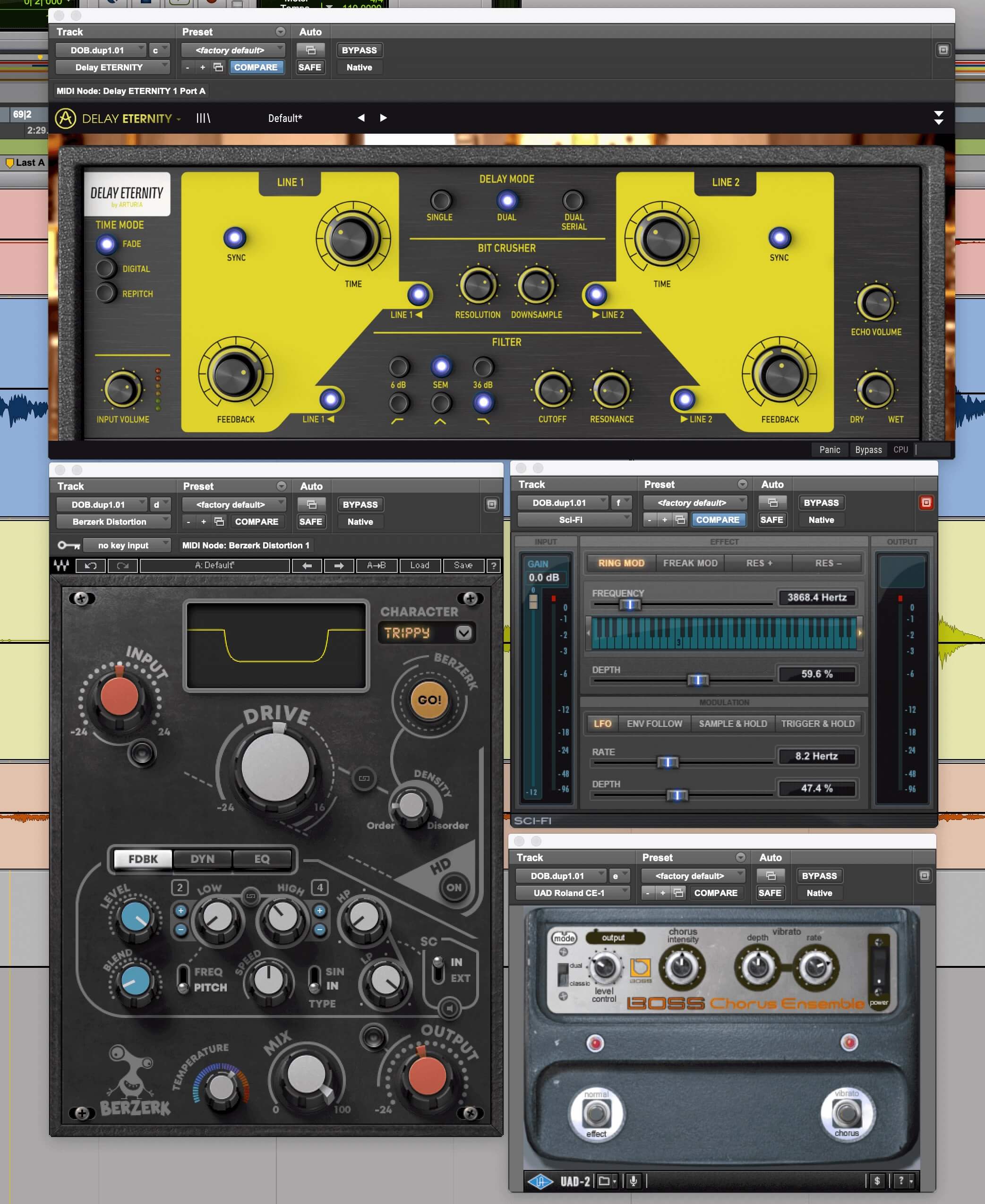“Learn from your mistakes,” may be an old saying, but it’s a wise one. In this excerpt from episode 8 of “Greg Wells Start to Finish,” he talks about how failure is often the best method for learning in the studio. You have to be willing to take risks and experiment and sometimes fall on your face in order to progress.
He points out that you learn a lot more when something turns out badly than when it works. If you pay attention to what went wrong, you’ll know what not to do the next time.
He says that if you have too much success too quickly, it can stunt your growth in the studio. You can see his logic. If things go well, you’re not going to be as inclined to try different approaches. You’ll keep repeating the same formula that worked the first time.
Fear Not
Greg says that when he’s recording a guitar part, he often doesn’t know in advance what he’ll play. Being improvisational like that can lead to finding new parts that you might never discover otherwise. Using a similar approach with production techniques can be equally valuable.

Greg improvising his guitar part on “Lucky Number.”
He gives the example of accidentally muting a group of tracks in a mix and discovering a solution for that part of the song that’s better than what you’d been spending hours trying to come up with. While you can’t count on accidents as a dependable way to come up with ideas, you can experiment and hope to spark new ideas that way.
The crucial point, he says, is that you have to be willing to sometimes embarrass yourself in the process of experimenting. His analogy is that you should “get down in the garden and dig up a whole bunch of dirt. Make a mess, and don’t worry about how good you look with dirt all over your face.”
Studio Solitary
Greg spends a lot of time in commercial studios working with clients and assistant engineers and is used to having a lot of people around. In those situations, with others watching you, it can be more intimidating to improvise and try different approaches that might not work. He has long since overcome the hurdle of being embarrassed, and that has helped him get to where he is.
One advantage of working in your own studio is that you’re usually alone, without anyone around to hear your mistakes. That should give you even more freedom to try alternative techniques. That solitude is a double-edged sword, though, because you don’t have people around to bounce ideas off.
What to Do?
The amount of experimenting and improvising you can do depends on how much creative control or, at least, creative leeway you have on a project. But assuming you have at least some freedom in those areas, there’s a lot you can do. For instance, if you’re playing and recording an instrument, you try some different approaches to your original part. Play in a higher or lower register, vary the rhythmic feel, use a radically different sound.

Muting selected tracks in your mix can spark ideas for breakdowns or other arrangement alterations.
If you’re mixing, you could try muting various elements at certain song sections. Try keeping some elements in reserve for the latter part of the song to help build the arrangement.
Or try something really different with effects. Maybe insert a rotating speaker plug-in or filter effect after a reverb on an aux send, or see what the vocal sounds like with distortion or a filter on it. Or if you’ve set the compression and EQ on a track using a channel strip plug-in, save your settings and start randomly flipping through the presets to see if you can find a better sound.
Naturally, you do want to make progress, so at some point. So if your improvised plans B, C, and D are not working for you, then go back to plan A and move forward. But if you can, build some improvisation into your workflow, because you never know where it might lead.

Creating unusual effects chains can sometimes yield really cool results. You won’t know until you try.
One of the reasons that improvising and experimenting are so crucial is that they can help you develop an original sound. Sure, a lot of artists and producers make a career out of copying what’s already been successful, but someone with a one-of-a-kind artistic vision can rise even higher.
A recent case in point is Billie Eilish. She and her brother created an album—in a bedroom studio—with a unique sound. They won multiple Grammys and her song “Bad Guy” has been streamed over three billion times.
Set Your Sights
Even if you’re not shooting for fame and fortune, being open to improvisation and experimentation can help you with more practical goals like becoming a better engineer or a more creative musician. It’s a mindset more than anything. As Greg says, don’t worry if you fall flat on your face, use it as a learning experience.